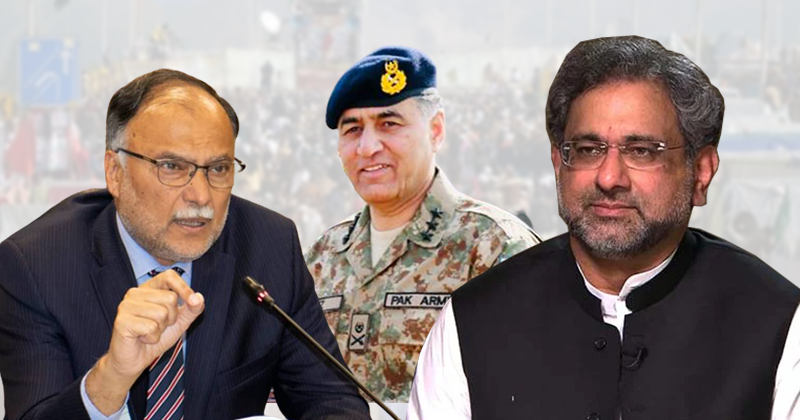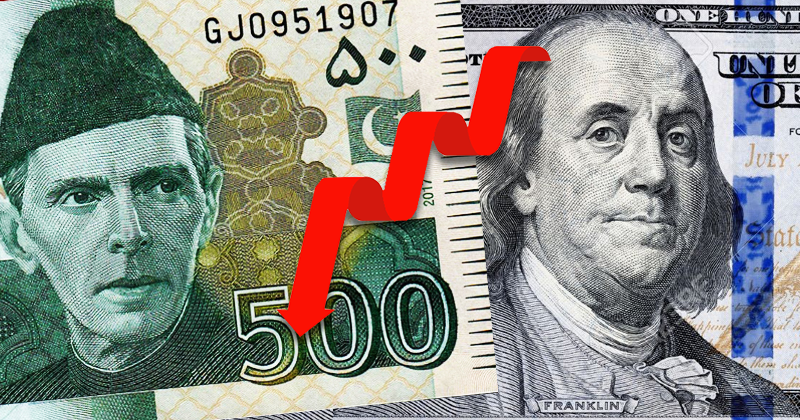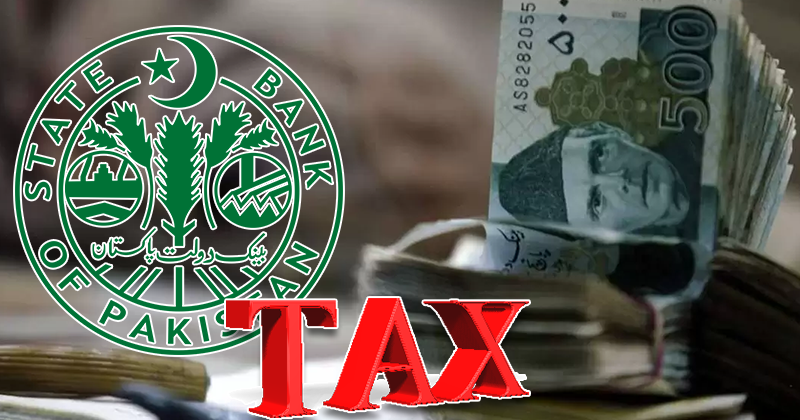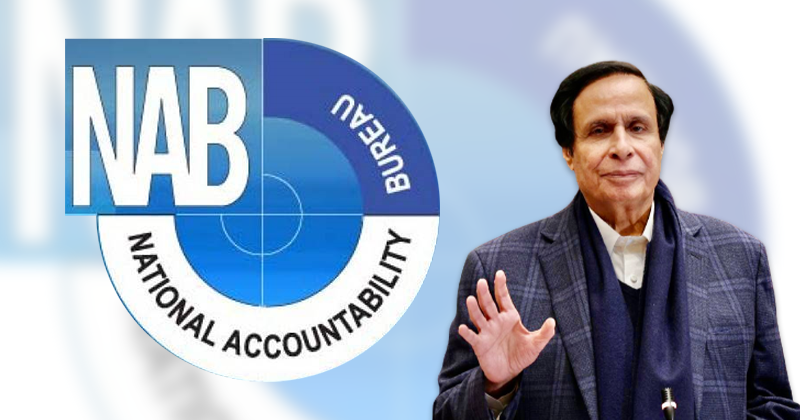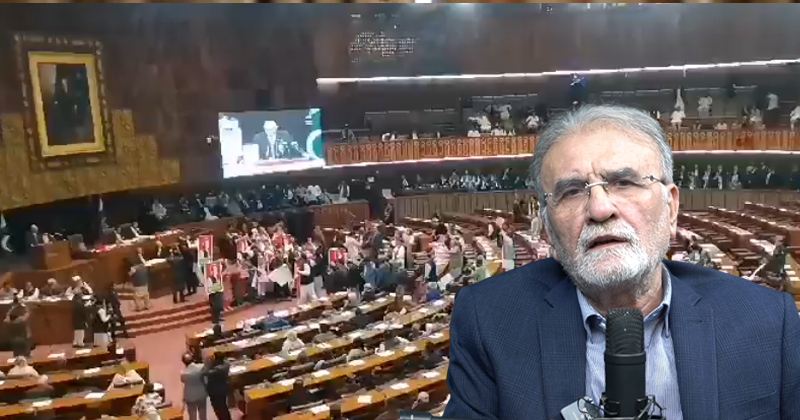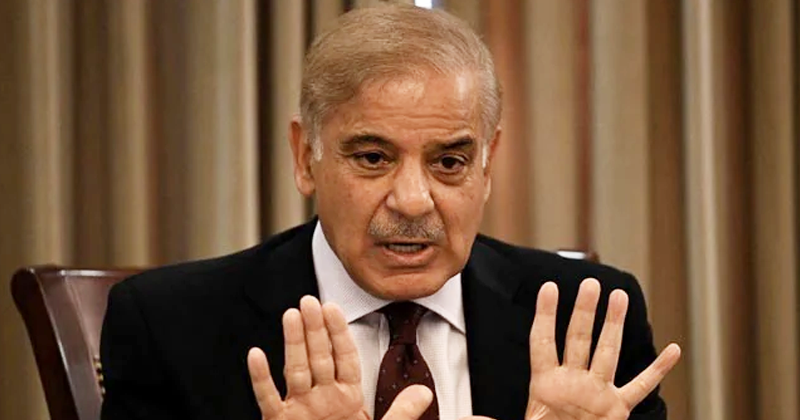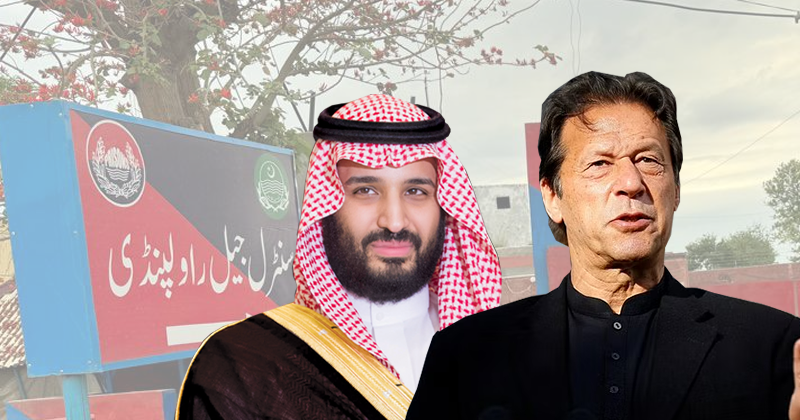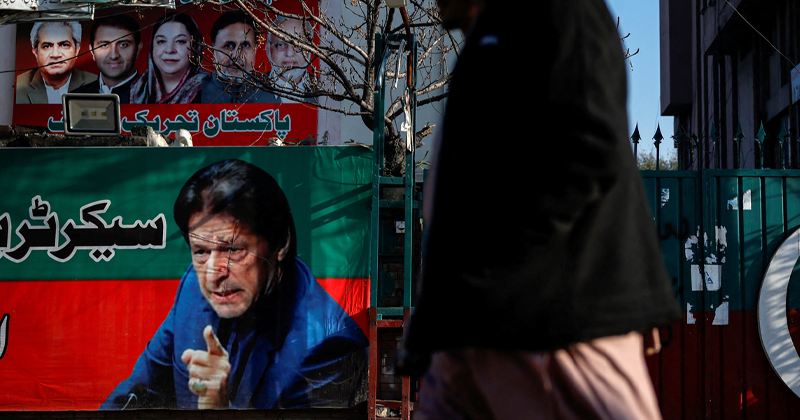
The ADB has released its Asian Development Outlook 2019 Update.
ISLAMABAD (Dunya News) – The Asian Development Bank (ADB) has forecasted Pakistan’s economic growth rate to stabilise this fiscal year FY2020.
The ADB has released its Asian Development Outlook 2019 Update, and it observed that “Despite tight monetary policy and a modestly strengthening currency, inflation in Pakistan averaged 10.1% in the first 3 months of FY2020.”
“Following a steep growth slowdown in Pakistan to 3.3% in FY2019 (ended 30 June 2019), signs of economic stabilisation are emerging in FY2020, as forecast in the Update,” it considered.
Overall for Asia, this Supplement projects growth in developing Asia at 5.2% in both 2019 and 2020, with forecasts revised down for both years from Asian Development Outlook 2019 Update as a challenging global environment weighs on regional growth. Excluding newly industrialized economies, regional growth forecasts are revised down to 5.7% for both 2019 and 2020.
“Growth forecasts for East Asia are downgraded to 5.4% in 2019 and 5.2% in 2020 as the People’s Republic of China and the Republic of Korea endure continuing trade tensions and slowing domestic investment – as does Hong Kong, China, where political unrest is another factor.”
“Growth projections for South Asia are lowered to 5.1% in 2019 and 6.1% in 2020. Growth in India is expected to slow to 5.1% in 2019 as the foundering of a major nonbanking financial company in 2018 led to a rise in risk aversion in the financial sector and a credit crunch. Also, consumption was affected by slow job growth and rural distress aggravated by poor harvest. Policy support will help growth recover to 6.5% in 2020.”
“Southeast Asia’s growth forecast is revised down slightly to 4.4% for 2019, as economic weakening in Singapore and Thailand prompts downward adjustments to their growth forecasts. Projected subregional growth in 2020 is maintained at 4.7%.”
“Elusive trade conflict resolution weighs on sentiment and activity in the region, with further delay still the foremost downside risk to the forecasts.”
Growth in Sri Lanka dropped from 3.7% in Q1 of 2019 to 1.6% in Q2, after bomb attacks in April 2019 severely hit tourism and disrupted the economy. A recent presidential election is expected to improve political stability and aid economic recovery.
In Nepal, remittances fell slightly in the first 2 months of FY2020 (ending 16 July 2020), but foreign direct investment soared by 61%, encouraged by political stability and legal reform for foreign investment. Merchandise exports increased by 23%.
The growth outlook for the major advanced economies of the United States, the euro area, and Japan is maintained at 1.7% in 2019 and 1.4% in 2020, as envisaged in Asian Development Outlook 2019 Update.
The growth outlook states: “Though still robust, growth in developing Asia continues to moderate as domestic investment weakens under a more challenging external environment with slowing global trade and economic activity, protracted trade tensions between the United States and the People’s Republic of China (PRC), and a global downturn in electronics.”
“The regional gross domestic product (GDP) is forecast to expand by 5.2% in 2019 and 2020, both figures adjusted down from Asian Development Outlook 2019 Update in September.”
“Further moderation is now expected in all subregions except Central Asia, where growth is projected to be stronger than forecast in the Update. Excluding the newly industrialised economies of Hong Kong, China; the Republic of Korea (ROK); Singapore; and Taipei,China, the regional growth outlook is lowered to 5.7% in both 2019 and 2020.”
Developing Asia refers to the 45 members of the Asian Development Bank listed below.
Central Asia comprises Armenia, Azerbaijan, Georgia, Kazakhstan, the Kyrgyz Republic, Tajikistan, Turkmenistan, and Uzbekistan. East Asia comprises Hong Kong, China; Mongolia; the People’s Republic of China; the Republic of Korea; and Taipei,China.
South Asia comprises Afghanistan, Bangladesh, Bhutan, India, Maldives, Nepal, Pakistan, and Sri Lanka.

Signs of Pakistan's economic stability emerging in FY20: AD Outlook 2019 Update
The ADB has released its Asian Development Outlook 2019 Update.
























